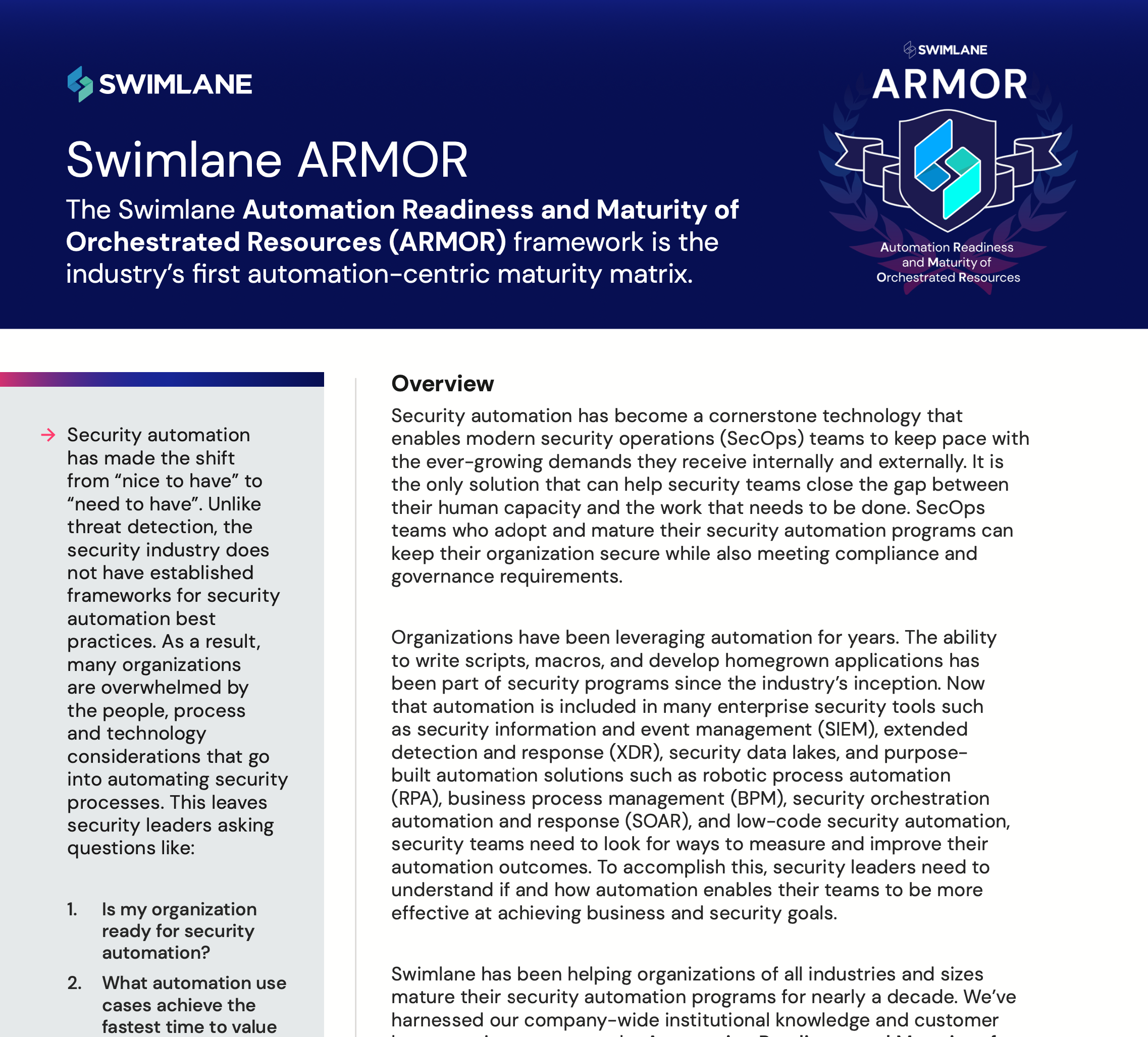In the ever-evolving world of cybersecurity, understanding the tactics employed by malicious actors is crucial. In this blog, we delve into the world of dictionary attacks, the mechanics behind these password-cracking techniques, shedding light on how they compromise your online security and give you advice on the best automated security solution to mitigate and defend against these attacks.
What is a Dictionary Attack?
Hacker thinking thrives on innovation, constantly devising new ways to breach supposedly secure systems. One kind of attack stems from the vulnerability of an organizations’ first line of defense – passwords. Dictionary attacks prey on vulnerabilities. And more often than not, take on the guessability factor of your password.
Hackers thrive when organizations employ straightforward or predictable combinations for logins. They may start with common words found in a dictionary, like a pet’s name, birthday, or cherished icons. This is where the concept of a “dictionary attack” comes into play.
Online Dictionary Attack
Just as the title implies, online dictionary attacks occur when there’s a breach with an online entity. This could be a strike within the network service. Generally, online dictionary attacks are less viable because of the additional layer of security metrics and protocols implemented by entities. These include maximum log-in attempts and limited-time authentication. However, online dictionary attacks become riskier, especially if there’s a leak of information.
Offline Dictionary Attack
In an offline dictionary attack, there’s no correspondence with a server or system. Hackers can maximize their guessing efforts but the chance of detection is slim. With no definite limitations, this makes an offline dictionary attack similar to a guessing game- which requires a significant amount of effort considering the password possibilities are limitless.
How Dictionary Attacks Work
A dictionary attack takes advantage of common passwords or default log-ins to get into systems. These include simple phrases and easy number combinations like 123456, 111111, and password123. Through trial and error, hackers go through each of the preselected passwords one by one, until choosing the right combination.
Although a dictionary password attack is relatively simple compared to other cyber breaches, there’s still a high level of uncertainty for hackers. And this relates to the duration of the attack. It may take minutes, hours, or even days before the infiltration happens. It largely depends on a series of factors, including the extensiveness of the word list.
To better understand what a dictionary attack is, let’s take on the key factors that determine this type of security breach.
Modification of Words
One of the major features of a dictionary attack is the manipulation of simple, single passwords. This is the reason why customization of words based on patterns is relevant to dictionary attacks. For example, hackers modify potential pre-listed passwords like default, default123, or default1234. However, replacing minimal characters is another way (instead of password, they try p@ssword or p@$$word).
Relevance of a Word List
Now, hackers don’t stop at modifying words. Dictionary attackers also utilize test phrases related to the target audience. For instance, hackers who are eyeing a breach in different organizations utilize a couple of phrases linked to the city, such as iconic landmarks, sports teams, or noteworthy descriptions of the city.
Examples of Dictionary Attacks
Dictionary attacks have plagued organizations and businesses around the world. Some of the companies affected by this type of cyber attack includes companies such as:
- Twitter (2009)
- LinkedIn (2012)
- Adobe hack (2013)
- Dropbox (2012)
- Ashley Madison (2015)
Why are Dictionary Attacks Successful?
In a digital landscape, convenience influences risk. This is particularly evident when choosing a password. It’s human nature to pick a simple password combination rather than keep track of complex login details. But, of course, the consequences of this can be severe. And that’s why dictionary attacks in cyber security are successful and recurrent; whether it’s about the usage of common phrases as passwords or the misalignment of technical skills. Even the cybersecurity talent shortage gives hackers an advantage.
Consequences of a Dictionary Attack
Just like any other type of cyber security breach, the implications of dictionary attacks on passwords are ominous. Some of the common repercussions of a dictionary attack include:
- Locked accounts
- Data loss
- Brand impersonation
- System damage
- Operational disruption
- Financial loss
Mitigating and Defending Against Dictionary Attacks
Hackers capitalize on digital footprints efficiently. For this reason, it’s crucial for organizations to understand the best dictionary attack mitigation techniques to prevent breaches in their systems:
1. Choose a Unique Password
With Dictionary attacks focusing on how passwords are set up, it’s important to choose the right combination. Be different, not predictable. Strengthen passwords by using a combination of unique characters, including symbols, numbers, and uppercase letters.
2. Update Passwords Regularly
According to most experts, organizations should change passwords every few months. The lack of changing passwords regularly is a main factor for accounts that have been compromised. Outdated accounts and passwords are a hacker’s dream.
3. Get Help from a Password Manager
Using a password manager is another technique to prevent dictionary attacks. Through this tool, memorizing passwords isn’t needed. The system does the work for you, making log-ins much easier. Aside from automating the process and filling in all key details, password managers improve overall security.
4. Try Biometric Identification
Biometrics offers a more secure way of authenticating an account. It makes use of physical features to log in, including face, finger, retina and vein. As it capitalizes on physical authentication like finger mapping or face recognition, it leaves dictionary attacks impracticable. Biometrics identification is widely used in mobile devices, especially when using banking apps and payment methods.
5. Take advantage of Rest API Authentication
Rest API Authentication is the process of verifying the identity of a user or client before granting access to a REST API, a type of web API that follows the Representational State Transfer (REST) architectural style. REST is a set of guidelines that define how applications or devices can connect and communicate with each other. Some of these authentication methods help defend against dictionary attacks are:
- Enforcing strong password policies that require passwords of a certain length and complexity.
- Implementing rate limiting, or account lockout policies, to make it more difficult for attackers to brute-force passwords. This feature automatically locks the account after several failed log-in attempts.
- Using CAPTCHA challenges that are designed to be difficult for computers to solve but easy for humans to solve, preventing automated dictionary attacks.
- Implementing two-factor authentication (2FA), a mitigation technique that adds an extra layer of security to accounts through the usage of an OTP.
- Avoiding username enumeration to prevent attackers from being able to determine whether a given username exists. This can be done by obscure error messages and avoiding responses that indicate whether a username is valid or not.
- Using strong password hashing. A process of encrypting passwords that makes them difficult to crack. Strong password hashing algorithms use a salt ( a random value that is unique to each password), making it more difficult for attackers to crack passwords using rainbow tables.
How Dictionary Attacks Differ from Other Cybersecurity Attacks
While dictionary attacks generally highlight how passwords are set, there’s a fine that makes it unique. Although dictionary attacks are associated with other types of cyber security attacks, it’s important to be able to distinguish them accordingly.
Dictionary Attack vs Brute force
The difference between a brute force and a dictionary attack is distinguished by the manner of the attack. A brute force attack broods over all password possibilities. Although randomness
significantly influences the process, it may result in longer completion times. Additionally, when compared to a dictionary attack, it specifically targets a single user.
Password Spraying vs Dictionary Attack
Password spraying is technically a dictionary attack that wields regular patterns and frequently used passwords such as birthdates, names, and common phrases. It sneaks into the system using the same password for all accounts. Unlike dictionary hacking, this type has a lower success rate, especially for systems and accounts with longer and more complex passwords.
Rainbow Table vs Dictionary Attack
Featuring a precomputed table filled with password options, a rainbow table attack centralizes on specific hashes and plaintexts. A rainbow table password attack can seamlessly infiltrate the system as long as the password is within the corresponding algorithm.
A hacker, prompted by an outdated password in the target application, utilizes password hashes to generate a rainbow table for decrypting all users’ passwords. The risk of a rainbow table attack lies in its greater storage requirements and longer table creation time.
What are Dictionary Attack Solutions?
The digital world’s evolution drives technology development and the growth of advanced hacking techniques, exemplified by numerous readily available dictionary attack tools, some even accessible online for free, posing a threat to system security.
With the surge of these tools, the threat readiness of organizations is more important than ever. SecOps teams must level-up their security posture and partner with a trusted brand, like Swimlane.
Empower Your Organization’s Security with Swimlane Turbine
Keeping your cybersecurity landscape safe and up-to-date is crucial. With the help of Swimlane Turbine, you get the perfect combination of human and machine intelligence with AI-enabled security automation. Our modern approach to security automation ensures flexibility, seamless integrations, and actionable insights. Implementing Swimlane Turbine protects your business from dictionary attacks and other common SecOps challenges.

The Swimlane ARMOR Framework
SecOps teams who want to map their goals, tactics, and security automation use cases to industry standard frameworks like NIST, CMMC, CMMI or C2M2


